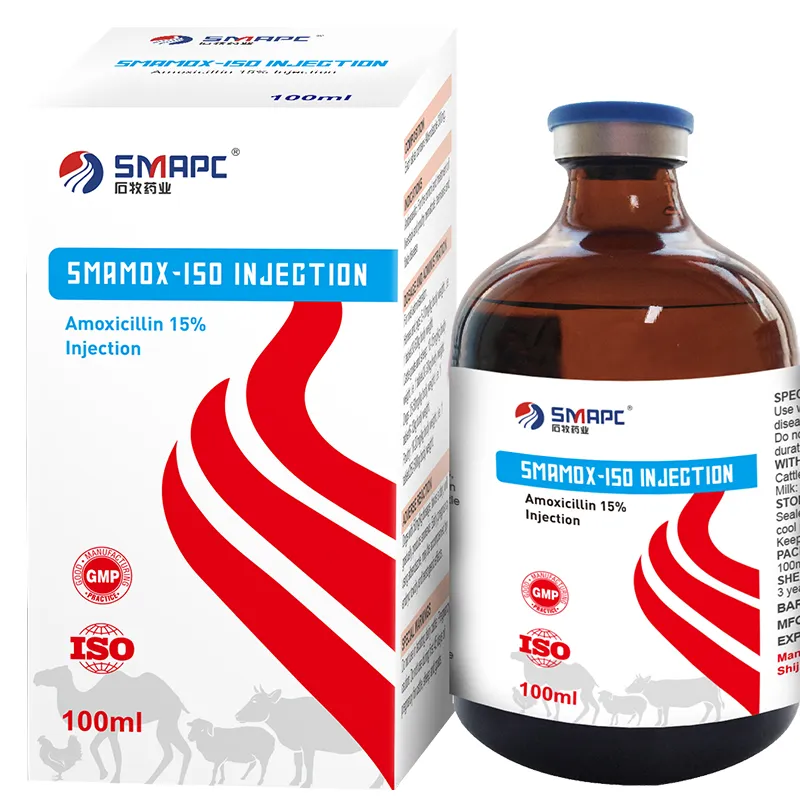Jul . 25, 2024 10:12 Back to list
Exploring Effective Treatments and Management Strategies for Lumpy Disease in Livestock and Animals
Understanding Lumpy Skin Disease and Its Management
Lumpy Skin Disease (LSD) is a highly contagious viral infection that primarily affects cattle. Caused by the Lumpy Skin Disease Virus (LSDV), a member of the Capripoxvirus genus, this disease has been a growing concern in various regions, particularly in Africa, the Middle East, and parts of Asia. The disease not only poses a threat to livestock health but also impacts the agricultural economy, trade, and food security.
Clinical Symptoms
The manifestations of Lumpy Skin Disease include the appearance of nodules on the skin, which can range from small lumps to large abscesses. These nodules can occur all over the body, including the head, neck, and limbs, potentially leading to pain, swelling, and secondary infections. In addition to skin lesions, infected animals may also exhibit fever, increased respiratory rate, and mucosal lesions. Some animals may suffer from weight loss and reduced milk production, which can have dire economic implications for farmers relying on these resources.
Transmission and Risk Factors
Lumpy Skin Disease is primarily spread through direct contact with infected animals, mosquito bites, and other biting insects. The virus can also be transmitted through contaminated equipment or water sources. Environmental conditions, such as temperature and humidity, can impact the severity of outbreaks. Areas with high mosquito populations are particularly at risk, heightening the urgency for appropriate preventive measures.
Economic Impact
lumpy disease medicine

The economic implications of LSD can be severe. In addition to the cost of medical treatments and veterinary care, outbreaks can lead to significant losses in livestock production, particularly in the dairy and meat industries. Governments may impose movement restrictions on livestock or ban exports, further exacerbating financial losses for farmers. The cumulative effect of these factors can endanger the livelihoods of those reliant on cattle farming, with ripple effects throughout the agricultural supply chain.
Treatment and Control Measures
Currently, there is no specific antiviral treatment available for Lumpy Skin Disease; however, there are several strategies that can mitigate its impact. Vaccination remains one of the most effective tools in managing and preventing LSD. Vaccines, such as live attenuated strains, have been developed and are widely used in regions prone to outbreaks. Vaccination not only protects individual animals but also contributes to herd immunity, reducing the overall incidence of the disease.
In addition to vaccination, biosecurity measures are critical in controlling the spread of the virus. Farmers should implement strategies such as quarantining new animals, maintaining clean and sanitary environments, and controlling insect populations through the use of insecticides or traps. Regular health monitoring and veterinary consultations can also help in the early detection and management of the disease.
Conclusion
Lumpy Skin Disease represents a significant challenge for livestock producers and veterinarians alike. The combination of clinical symptoms, potential for rapid transmission, and economic implications underscores the urgent need for effective management strategies. Vaccination, biosecurity, and public awareness are crucial elements in the fight against this viral disease. As global trade increases and climate change shifts animal migration patterns, vigilance and preparedness will be paramount in safeguarding livestock health and maintaining the agricultural economy. Through collaboration among farmers, veterinarians, and policymakers, we can work towards minimizing the impact of Lumpy Skin Disease and ensuring a stable food supply for future generations.
-
Vital Solutions for Healthy and Productive SwineNewsJul.08,2025
-
Veterinary Powder Is VitalNewsJul.08,2025
-
Understanding Prescription Drugs for AnimalsNewsJul.08,2025
-
Understanding Poultry MedicineNewsJul.08,2025
-
The First Line of Defense in Animal HealthNewsJul.08,2025
-
Role of Veterinary Drug in Modern Animal HealthcareNewsJul.08,2025
Products categories







